Your love letter from Portugal
Subscribe to the monthly Olá Daniela newsletter and receive the latest stories
The Alentejo region is definitely one of my favourite places to explore (and eat), and one that I feel like I’ll never fully cover. Yep, it’s Portugal’s largest covering everywhere south of Setùbal, west of Lisbon and north of the Algarve region.
From the wild, endless coastlines, wind through golden fields dotted with cork trees until you reach the border with Spain. By the sea expect quieter beaches and good surf. Inland expect small fortified medieval towns and some of the best food around. Don’t skip trying porco preto. It’s meat from the special acorn-fed black Iberican pigs.
Explore Évora’s rich roots dating back to Roman times and history books filled with kings, queens and conquests.
From Comporta to Aljezur, seek out sun, surf and sand along the golden and wild coastline south of Lisbon.
Find a field with cork trees at golden hour, or stand atop the castle in magical Monsaraz. Don’t miss the pottery in nearby Corval.
Set on the border with Spain in the Serra de São Mamede park, Marvão is a remote escape from it all.
These two curious, historic towns are more than the perfect halfway point to Seville.
Go deep into the wild countryside and explore Beja, Serpa and Mértola.
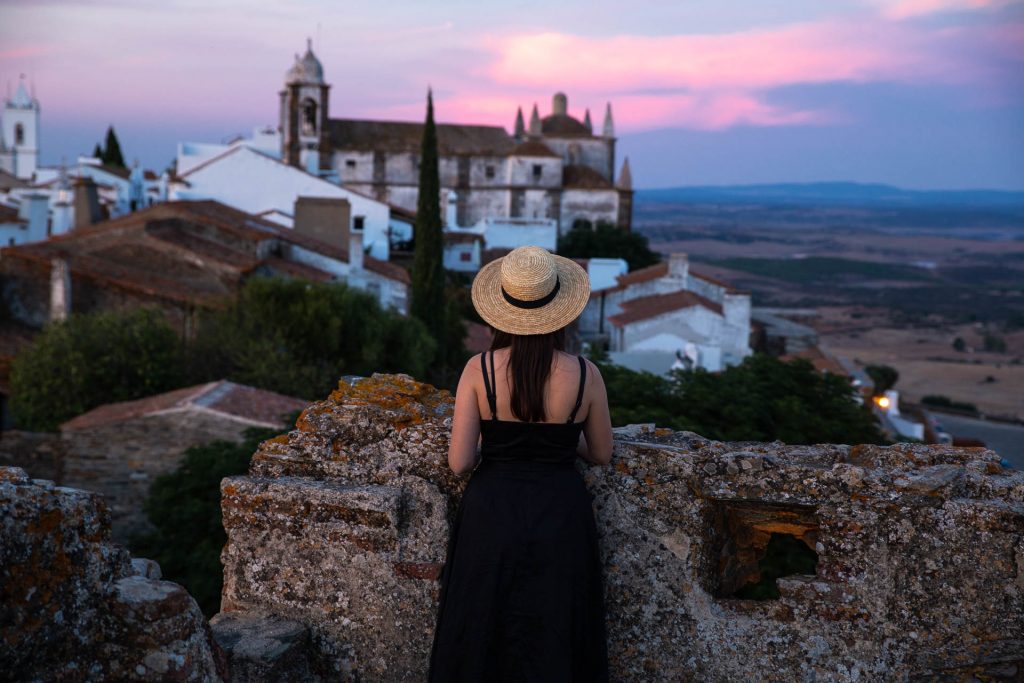
Food tip… Try a dessert called seracaia. It’s my favourite and you can only find it in the Alentejo. I’m more of a savoury girl, but I often reserve a slice before my mains in case the tasca runs out. The cake, made with eggs, sugar, flour, milk, lemon and cinnamon, is cooked in a big terracotta dish and served with a sticky, sweet Elvas plum.
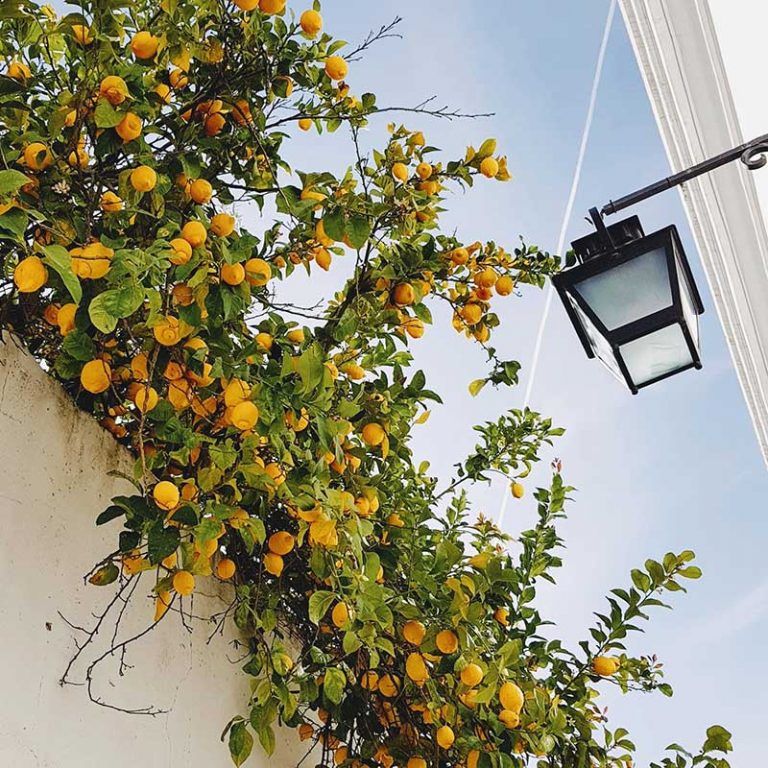
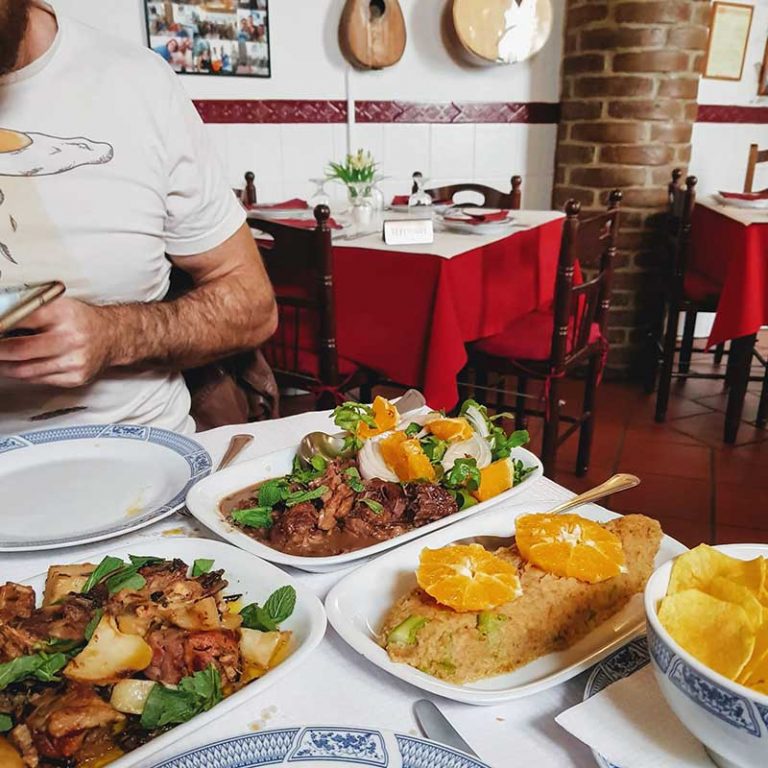
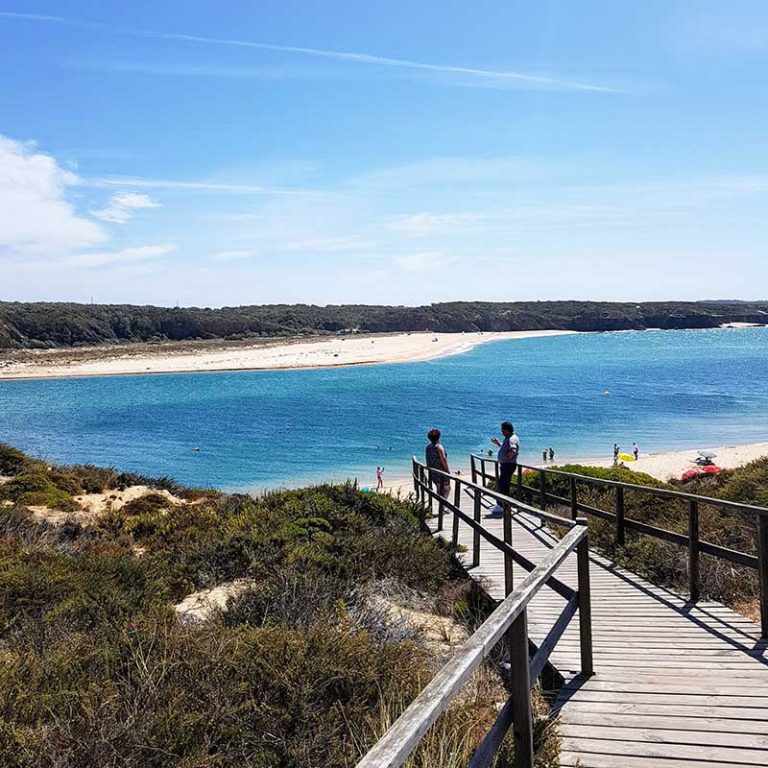
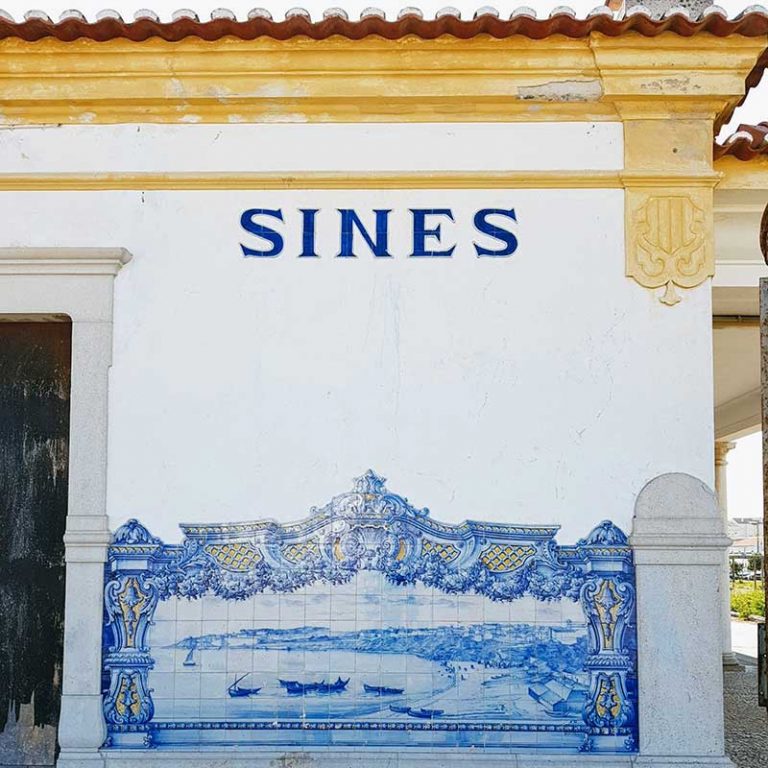
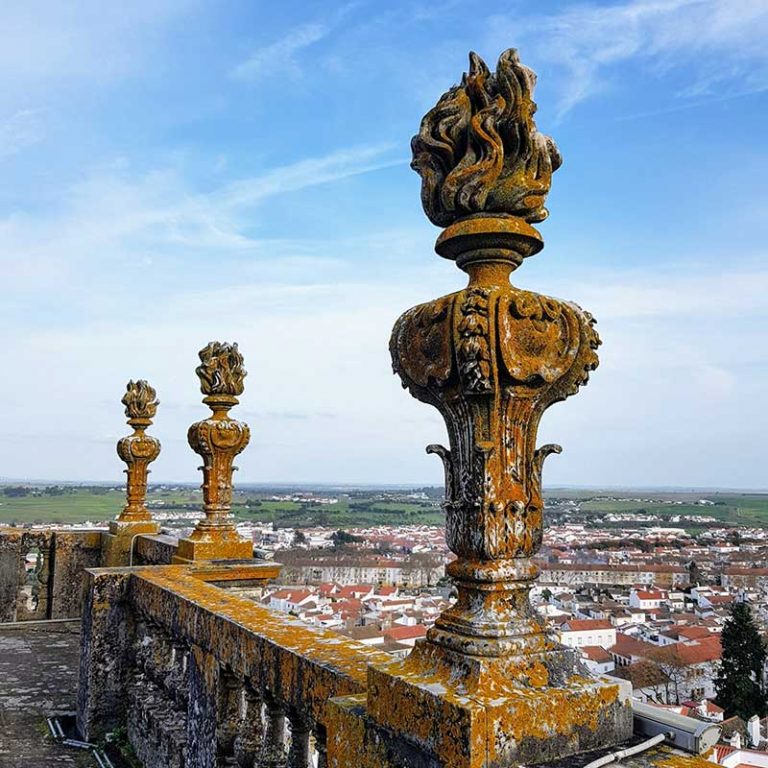
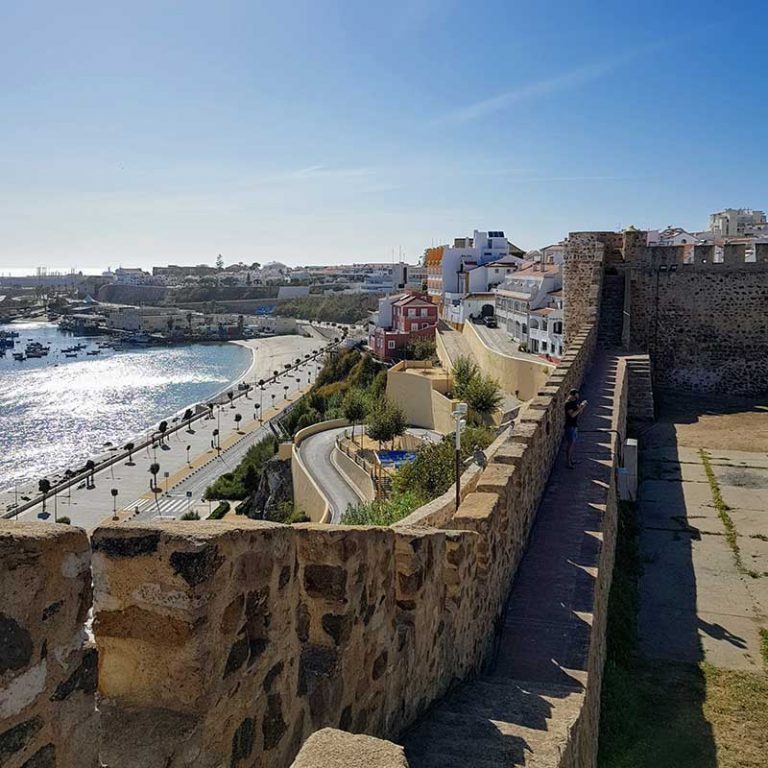


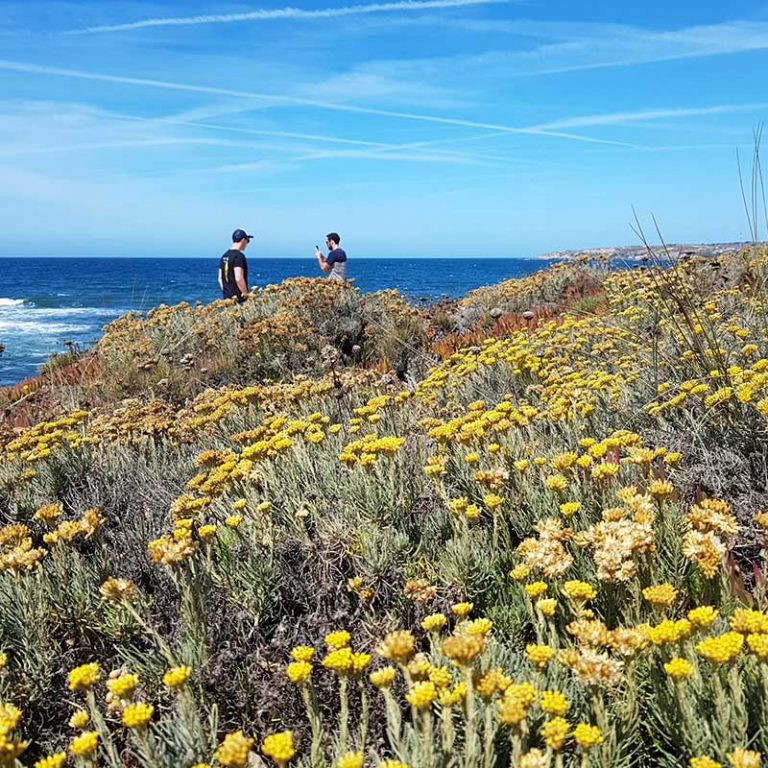
Where to stay in the Alentejo region depends on where you want to visit. For calm, coastal vibes spend a weekend in upmarket Comporta or Melides, or venture further south to Porto Covo and Vila Nova de Milfontes.
You can take the train from Lisbon to the capital, Évora, and wander the historic centre on foot. Or visit nearby towns Arraiolos and Monsaraz.
Venture west from there and hit Estremoz and Elvas. Continue north to find charming Marvão, a village perched high on the border with Spain.
Or go south into the lower Alentejo to find a more traditional way of life in Beja, Serpa and Mértola.
The Alentejo definitely has a soft spot in my heart for not only the landscapes but the food. Black Iberican pigs roam in fields under cork trees feeding on acorns before they become prized presunto ham. What happens to the rest of the pig? Well, look in restaurants for fatty cuts of delicious porco preto on the grill.
The Alentejo has some other unique dishes and produce worth seeking out. The first is pão Alentejano, a type of bread that is simply fantastic. In the Alentejo, they use leftover bread in a dish called Açorda Alentejana, which usually involves a poached egg, garlic and coriander (and if you’re lucky, salted cod). A foreign friend described it as “coriander water”. Another use for stale bread is migas, where the bread is turned into crumbs and then mixed with other tasty things to make what is similar to mashed potato but with bread.
Cheese-wise, keep an eye out for prized DOP queijos from Evorà or Serpa.
Lamb is harder to find here, but in the Alentejo look out for a delicious lamb stew called ensopado de borrego.
And, of course, wine. If you like a rich, tannin-heavy, punch-in-the-face sort of red, this is the region. Most Portuguese wines are blends, resulting in an almost always smooth drop. Don’t be afraid to order the table wine in any restaurant or tasca.
Read: Where to eat in Évora
Definitely hire a car if you can. This is a huge area dotted with towns, villages, beaches and castles to pull up at and snap pictures. It takes about 90 minutes to reach Évora.
If you can’t rent a car, there are trains to Évora and Beja, and you’ll find regular buses connecting the towns and villages.
Everything you need to know about Portugal’s largest region
Subscribe to the monthly Olá Daniela newsletter and receive the latest stories
Olá Daniela is a Portugal-focused travel blog by Australian travel and food writer Daniela Sunde-Brown.
Daniela shares free Portugal guides and articles to help travellers go deeper and explore further.
© Olá Daniela – Daniela Sunde-Brown 2024 – Disclaimer & Privacy Policy